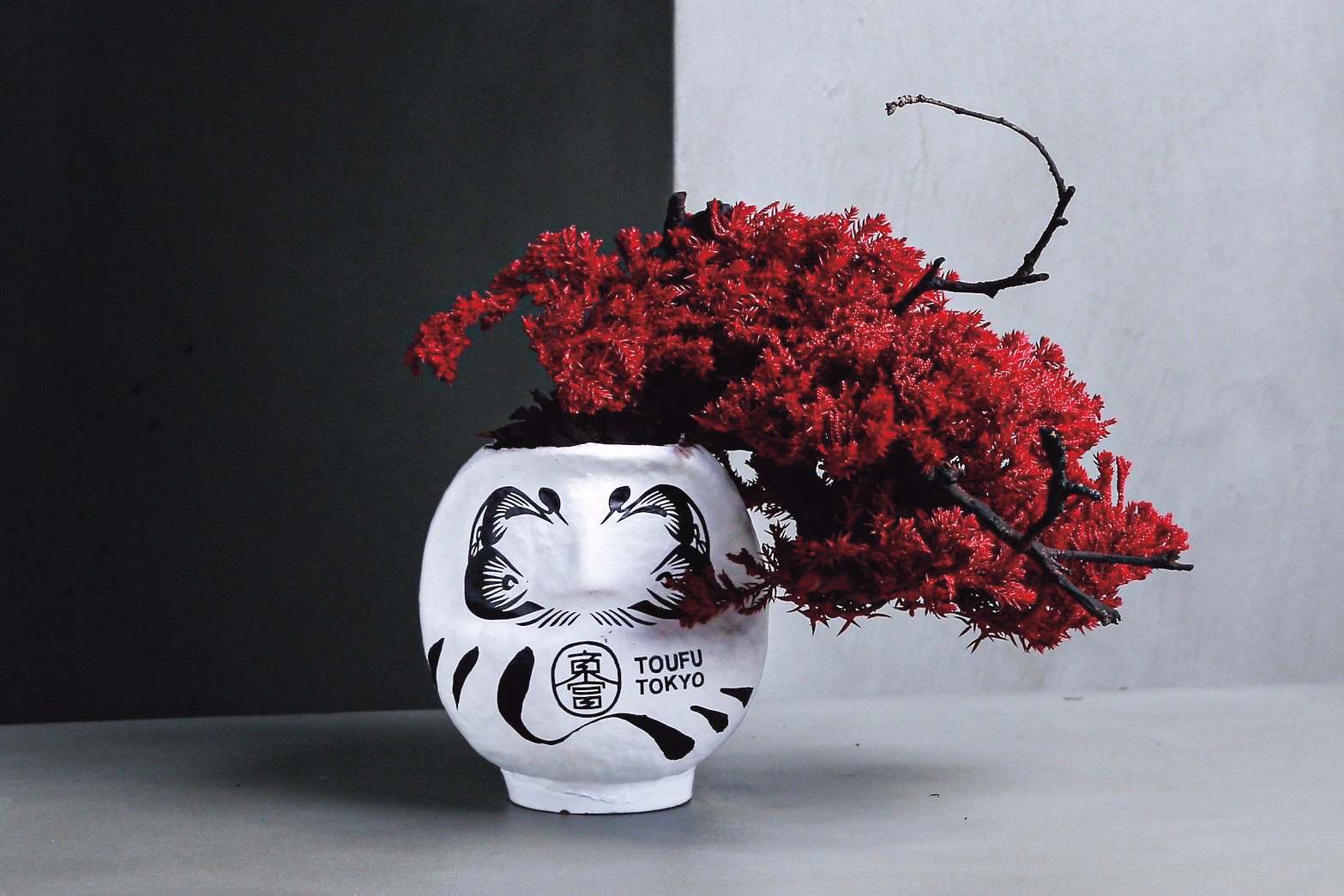
From bonsai, an art form which has existed for ove ...
- May. 28. 2025
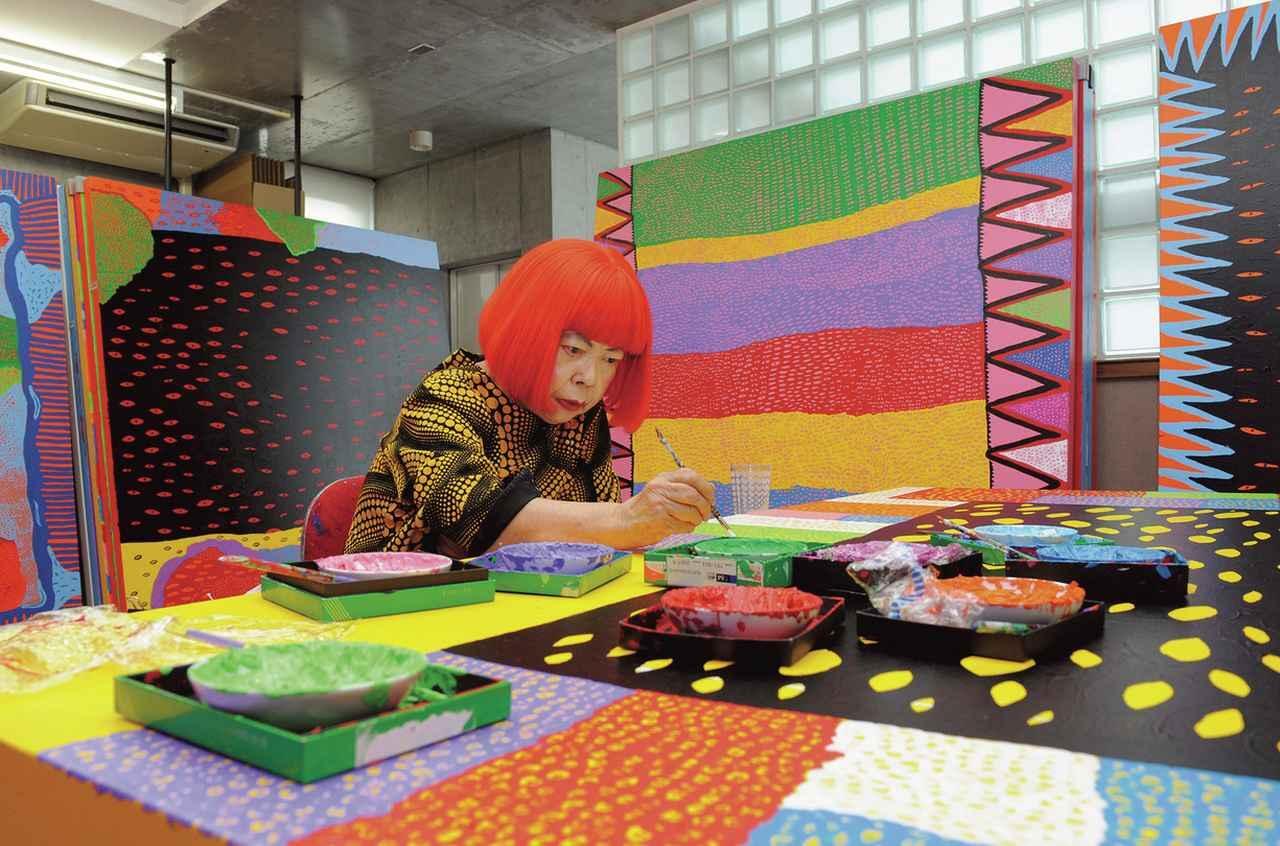
Yayoi Kusama, Japan’s most renowned avant-garde artist, has held numerous major exhibitions around the world. Polka dots may be her trademark, but flowers are equally essential to her artistic universe. Though her life’s journey has not always been smooth due to her illness, she has committed herself wholeheartedly to forging her own unique path.
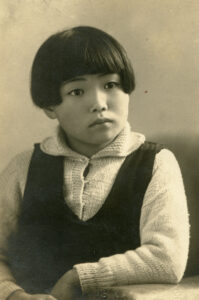
Born into a prominent family that established a plant nursery business in Nagano prefecture, Kusama, as a young girl, loved spending time at the flower fields drawing in her sketchbook. In 1941, around the time she started high school, she began experiencing visual and auditory hallucinations. Art became both a refuge and medium for meditation and self-reflection. After the war had ended in 1948, Kusama enrolled in the Japanese Painting Program at Kyoto City Senior High School of Art. After graduation, Kusama had her first solo exhibition at the age of 23 and gained recognition as an up-and-coming new artist. With rising fame, Kusama began to dream of pursuing a life and career in the United States.
One of Kusama’s first works that drew attention in the New York’s art scene was the Infinity Net series. The Infinity Net series was done by painting vast canvases covered in innumerable white meshes, creating an illusion of infinity. The series not only reflected the challenges Kusama faced in adapting to life in the U.S. but also mirrored her ongoing battle with illness.
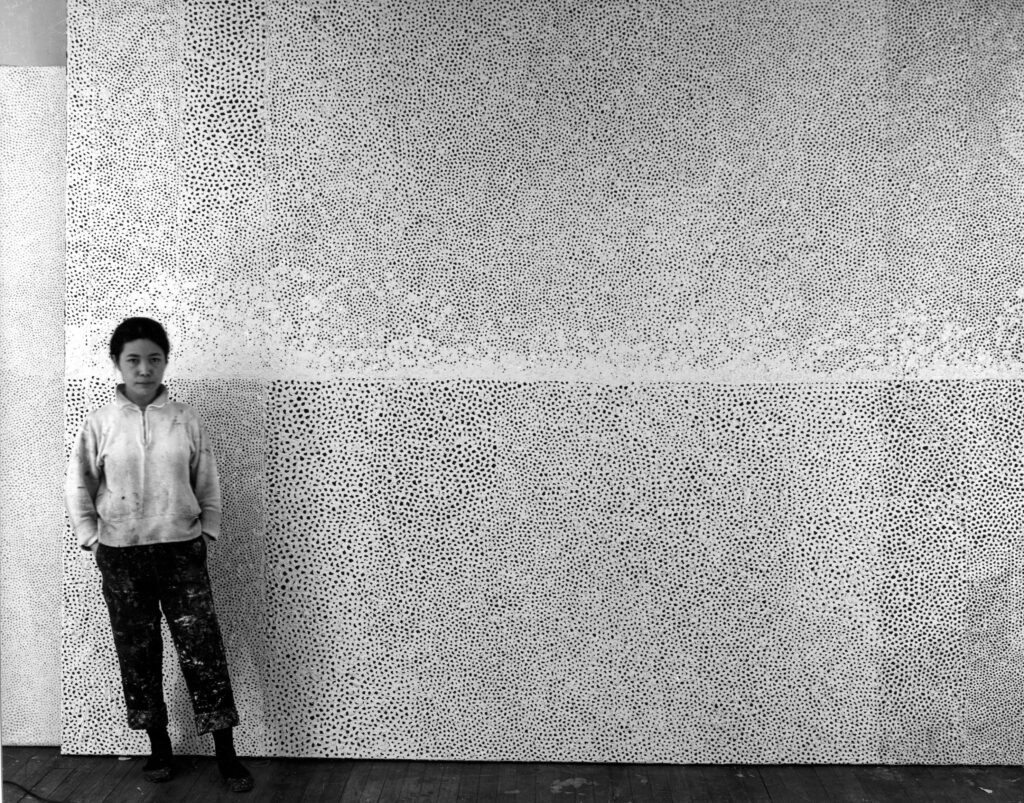
Deeply influenced by the Vietnam War and the suffering of the youth, Kusama sought to advocate against the war through art and love. She initiated and organized numerous happenings—live street performances by members of the counterculture movement that challenged societal norms. One of her most provocative performances took place outside the Museum of Modern Art in New York City, where nude men and women gathered in an act of defiance, drawing widespread attention. In 1973, Kusama returned to Japan due to her deteriorating health.
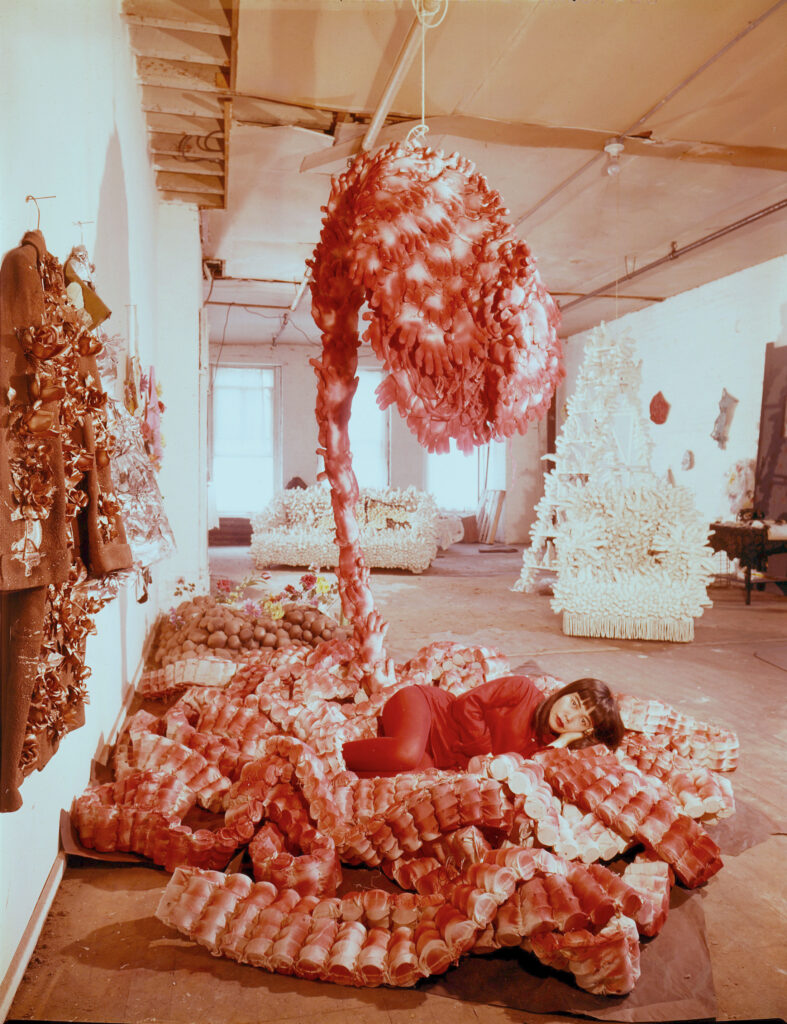
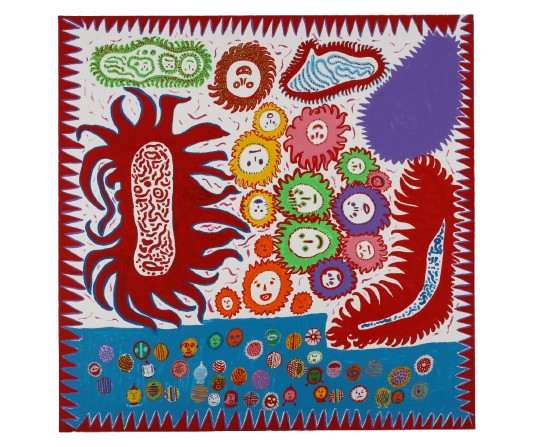
ⒸYAYOI KUSAMA
After returning to Japan, Kusama continued her creative pursuits while undergoing medical treatments. In 1977, she was readmitted to a facility where she still resides today, where she has a private studio and dedicates herself to art as a means of confronting her illness.
How do Kusama’s illness and artistic creation intersect? Critic and psychiatrist, Dr. Saito Tamaki, Director of the Tsukuba Dialogue House, offers a unique perspective on Kusama’s work, “In my opinion, I can only describe it as schizophrenia. Instead of displaying conventional symptoms of visual and auditory hallucinations, she channels these experiences into her works of art. I cannot think of another person whose work so clearly embodies this phenomenon.” Dr. Tamaki also reflects on Kusama’s dual perspective of self-obliteration and self-love, “Kusama embraces the idea of removing the self, yet she often proclaims, ‘I love myself.’ In her world, self-obliteration and self-love exist in a perpetual force of push and pull.”
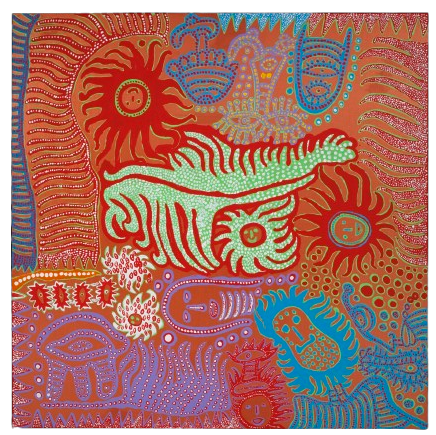
To remove oneself is inequivalent to suicide, rather, it signifies eradicating existence and subjectivity in an abstract sense. “This interplay between self-obliteration and self-love is evident in her use of polka dots, a striking form of expression. Polka dots, with their playful simplicity, have a curious power—they flatten surfaces and soften presence, almost like dissolving reality itself. I think Kusama discovered this effect of polka dots and deliberately incorporated it into her work.” Another artist who transformed his experiences with schizophrenia into creative expression was Edvard Munch.
“While both artists faced similar struggles, Kusama’s originality persisted throughout her career, whereas Mr. Munch’s creativity stalled as he recovered from his illness. This effect has been a known pattern in many artists who recover from mental illness – their artistic output wanes. Kusama experienced a similar phenomenon during her psychoanalysis treatment in New York. As her condition improved, her creativity expression became muted. Eventually, Kusama made the decision to end her treatment in order to preserve her artistic expression.”
“I had the opportunity to hear about this decision in detail directly from Kusama herself. I think it was at that moment that Kusama had consciously chosen to coexist with her illness.”
Even as she walks side by side with her illness, Kusama never relinquishes her creative power. She continues to express herself through her works in relentless dedication. Perhaps it is this exact mindset that captivates people around the world. Today, Yayoi Kusama’s works live far beyond museum walls, reaching cityscapes, fashion, and design. Beneath it all lies the profound anguish she has carried with her and it has transformed and transcended into an unparalleled force of creativity.

YAYOI KUSAMA MUSEUM in Shinjuku, Tokyo
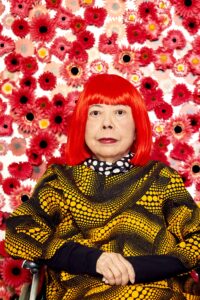
Yayoi Kusama was born in 1929 in Matsumoto City, Nagano prefecture, as the youngest daughter in a family that owned a plant nursery business. Kusama began drawing at around the age of ten and the same time, she first experienced visual hallucinations. Kusama enrolled in Kyoto City Senior High School of Art and returned to Matsumoto City upon graduation. In 1957, Kusama moved to the United States and was active in the art scenes in New York. She was well recognized by her net-paintings, soft sculptures, happenings, and immersive installations consisting of mirrors and lights. After returning to Japan, Kusama continued to work prolifically. Her retrospective exhibitions – Yayoi Kusama: A Retrospective, held at Kitakyushu Municipal Museum of Art in 1987 and the Center for International Contemporary Arts in New York in 1989 prompted a global dialogue and reappraisal of her work. Thereafter, major exhibitions have been held at esteemed museums worldwide, including MoMA, Tate Modern, Centre Pompidou, and M+, with Kusama’s works becoming part of their permanent collections.
In January, an official online store dedicated to Yayoi Kusama’s art goods made its much-anticipated debut. Alongside previously available merchandise and exclusive items once sold only at the Yayoi Kusama Museum shop, the store will continuously release new, original EC-exclusive products. Among the upcoming offerings is the very first collection of art posters.
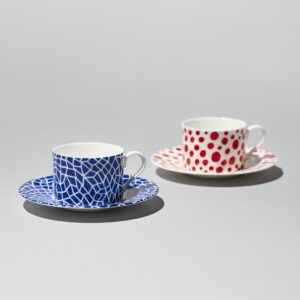
🌸 Learn more about Yayoi Kusama’s artistic journey—from the flower fields of Nagano that inspired her early works to her latest sculptural creations—in a special 24-page feature in the latest issue of Kateigaho. The issue also includes an exclusive postcard featuring one of her artworks. For readers who want to explore her story in more depth, the full feature is available in Japanese.